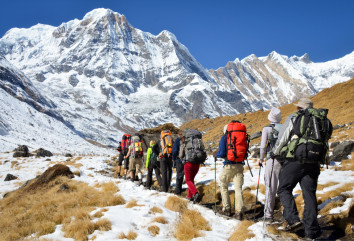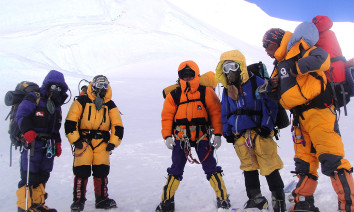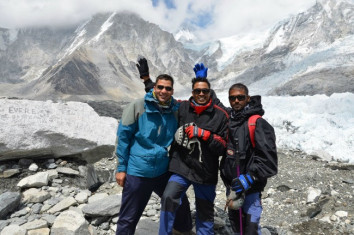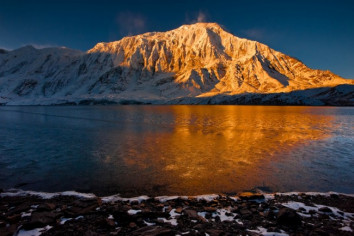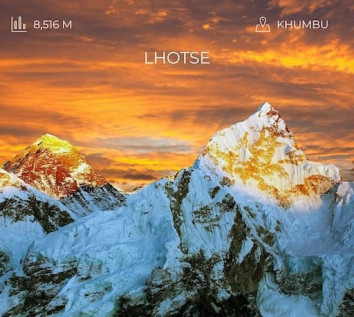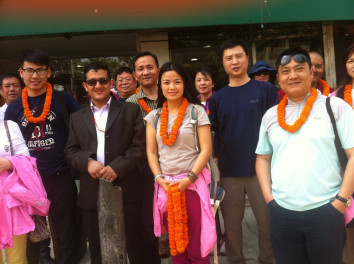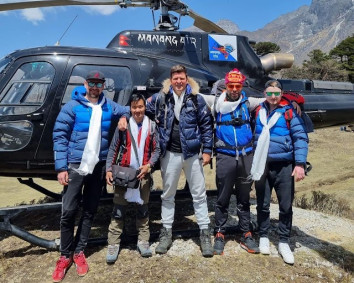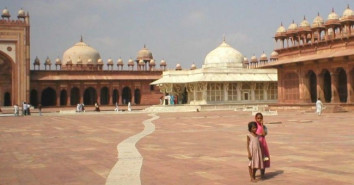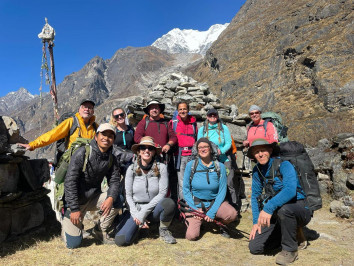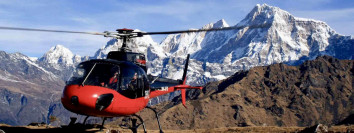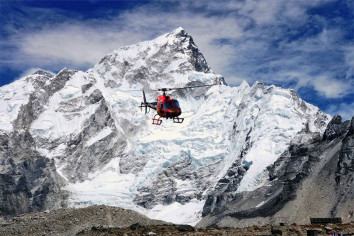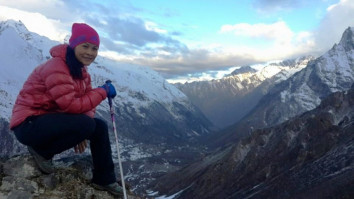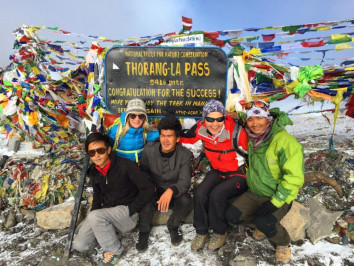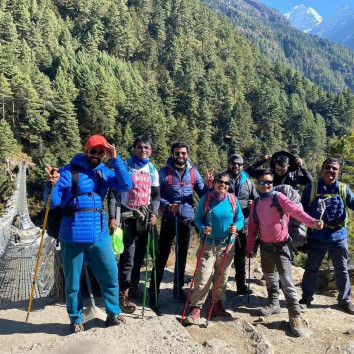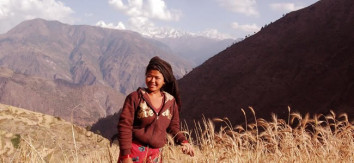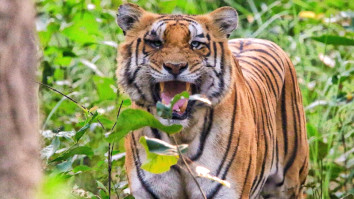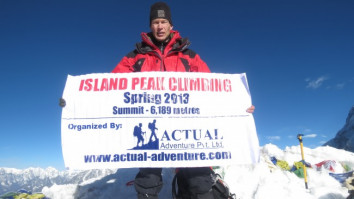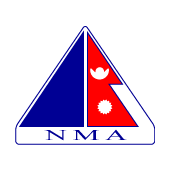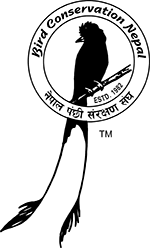8th Dec, 2023
Unraveling the Mysteries: A Comprehensive Guide to Mount Everest
Mount Everest, the towering giant of the Himalayas, has long captured the imagination of adventurers and enthusiasts worldwide. In this detailed guide, we delve into various facets of Mount Everest, addressing questions about its location, surrounding countries, climbing challenges, historical milestones, and much more.
Table of Contents
Introduction
Mount Everest, the pinnacle of Earth's mightiest peaks, has captured the imagination of adventurers and explorers for centuries. Standing tall at the roof of the world, this colossal mountain beckons us to delve into its mysteries and accomplishments. In this article, we will address key questions about Mount Everest, shedding light on its height, historical ascents, location, notable climbers, and its alternative monikers.
1. What is the height of Mount Everest?
The Summit's Altitude
Mount Everest reaches an awe-inspiring elevation of 29,032 feet (8,848 meters) above sea level, making it the highest point on our planet. This towering giant is situated in the Himalayan range, straddling the border between Nepal and Tibet.
2. Who made the first solo ascent of Mount Everest?
Solitude at the Summit
The first solo ascent of Mount Everest was a remarkable feat achieved by Reinhold Messner, an accomplished Italian mountaineer, on August 20, 1980. Messner's extraordinary achievement marked a watershed moment in the history of mountaineering, showcasing unparalleled skill, determination, and courage.
3. Where is Mount Everest located?
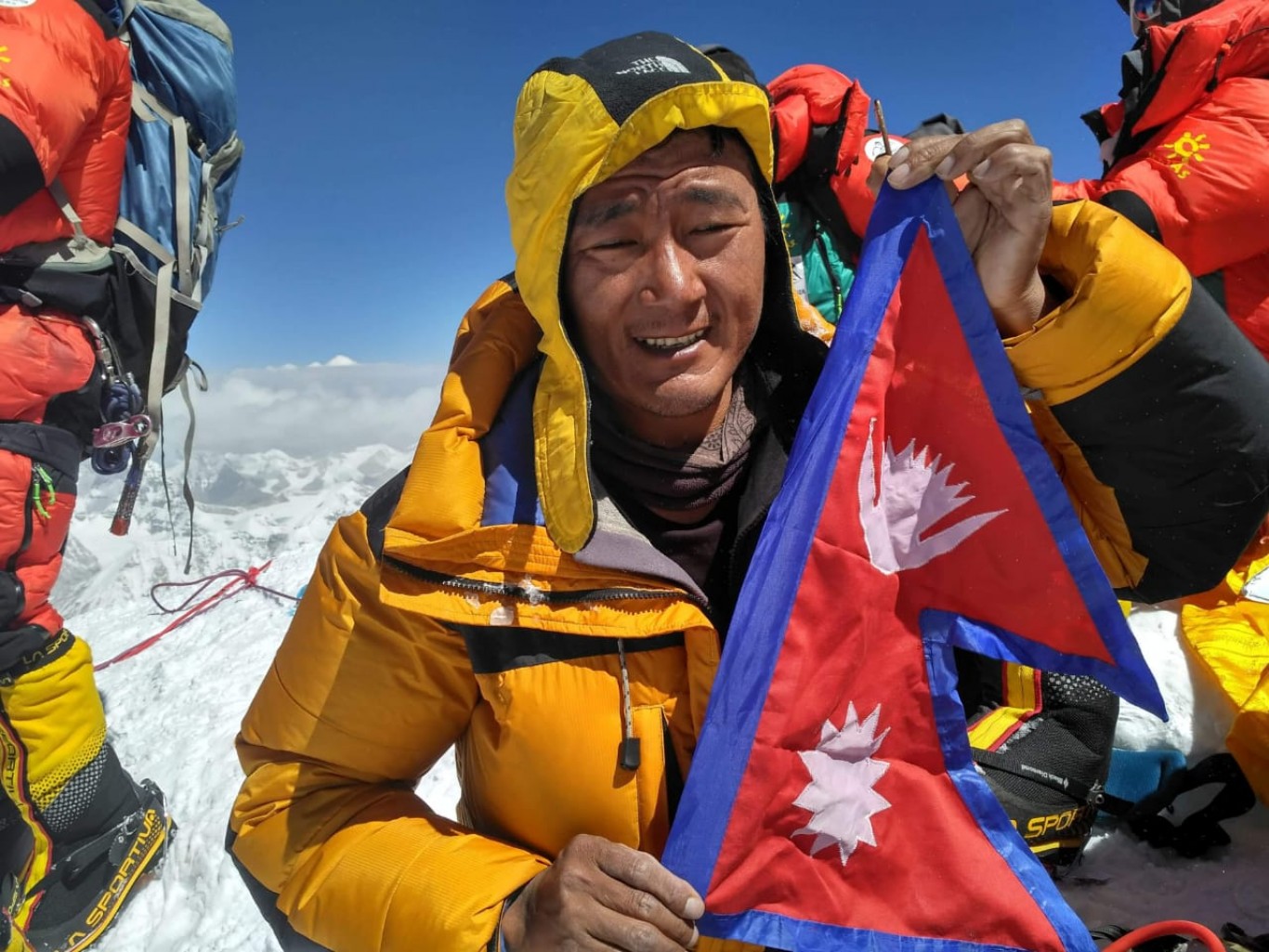
The Himalayan Crown
Mount Everest is strategically positioned in the majestic Himalayas, a vast mountain range spanning several countries in South Asia. The Everest region, a magnet for adventure enthusiasts, extends into both Nepal to the south and the autonomous region of Tibet in China to the north.
4. Who was the first woman who climbed Mount Everest?
Breaking Barriers
The honor of being the first woman to conquer Mount Everest belongs to Junko Tabei, a pioneering Japanese mountaineer. On May 16, 1975, Tabei etched her name in history, proving that gender is no obstacle when it comes to scaling the world's highest peaks.
5. What are other names for Mount Everest?
A Mountain by Many Names
Mount Everest is known by various names in different cultures. In Nepal, it is called "Sagarmatha," while in Tibet, it is referred to as "Chomolungma." The mountain's diverse nomenclature reflects the rich tapestry of cultures that have been influenced by its towering presence.
Conclusion
Mount Everest, with its breathtaking altitude and storied history, stands as a symbol of human resilience and the unyielding spirit of exploration. From the daring solo ascent by Reinhold Messner to the trailblazing achievement of Junko Tabei, Everest continues to be a source of inspiration for those who dare to dream and reach new heights. As we uncover the various facets of this iconic peak, we gain a deeper appreciation for the natural wonders that grace our planet.
Where is Mount Everest Located?
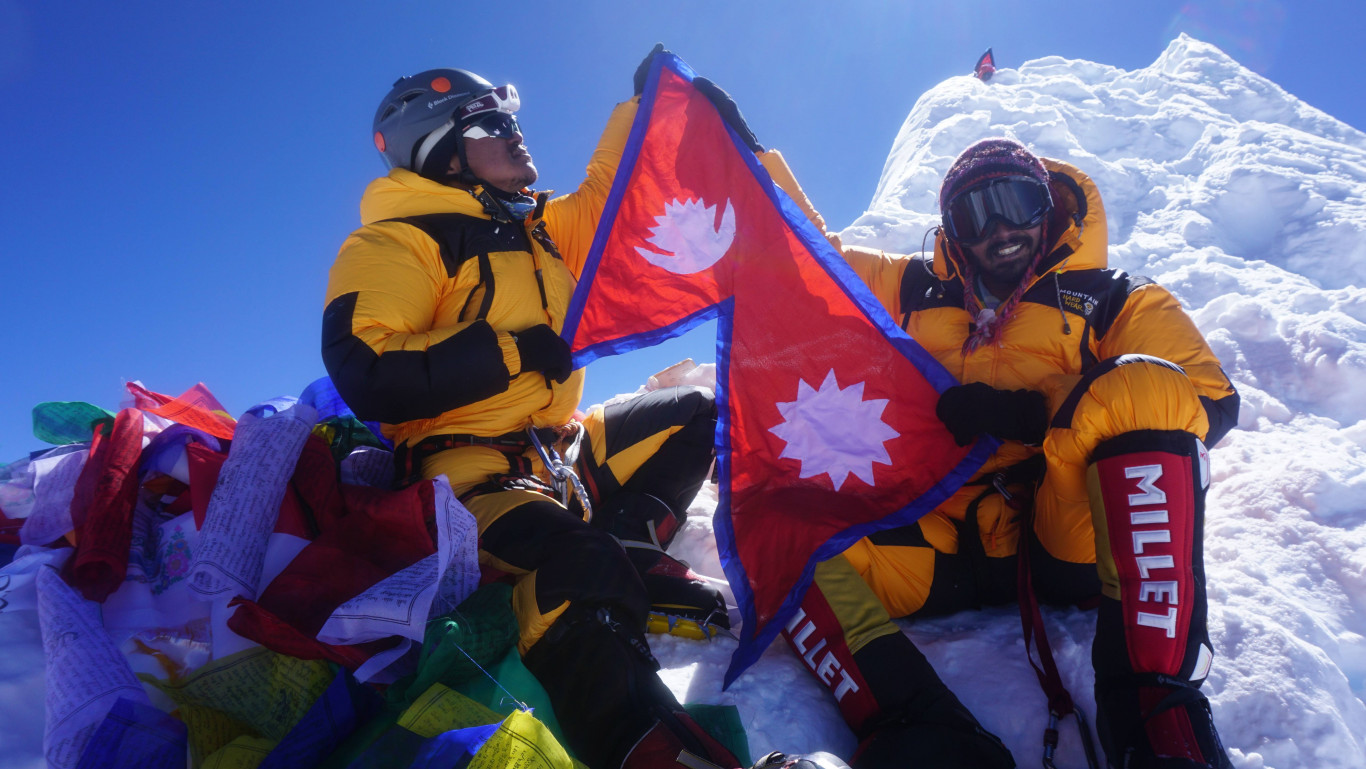
Mount Everest, the highest peak on Earth, is situated in Asia, straddling the border between Nepal and China.
Is Mount Everest in Asia or China?
Mount Everest is located in the continent of Asia, with its summit serving as the international border between Nepal and the autonomous region of Tibet in China.
Is Mount Everest in Nepal? Yes or No?
Yes, Mount Everest is in Nepal. The southern approach to the summit lies within the borders of Nepal.
What is the Nepalese Name for Everest?
The Nepalese name for Everest is "Sagarmatha" or "Chomolungma" in Tibetan.
Is Everest in Nepal or China?
Mount Everest is located in both Nepal and China, with the Nepal side being more popular for climbing expeditions.
Where is Mt. Everest Located: Nepal or China?
Mount Everest is located on the border between Nepal and China, but its southern approach and the popular base camp are in Nepal.
Who Climbed Everest First?
Sir Edmund Hillary of New Zealand and Tenzing Norgay, a Sherpa of Nepal, were the first to successfully summit Mount Everest on May 29, 1953.
Where is Nepal Located?
Nepal is a landlocked country in South Asia, situated between India and China.
What is the Highest Point on Earth?
Mount Everest, standing at an elevation of 29,032 feet (8,848 meters), is the highest point on Earth.
What is the Highest Hill in the World?
Mount Everest is often referred to as the highest mountain, not hill, on Earth.
Who Can Climb Mount Everest?
Experienced climbers with advanced mountaineering skills are typically the ones attempting to climb Mount Everest. Specialized training and permits are required.
How Many Floors is Mount Everest?
Mount Everest does not have "floors" in the conventional sense, but if one were to compare it to a building, it would be over 400 stories tall.
Where is K2 Located?
K2, the second-highest peak in the world, is located on the China-Pakistan border in the Karakoram Range.
How Many People Climb Everest?
The number of climbers attempting Everest varies each year, with hundreds making the attempt during the main climbing season.
Where Are the Himalayas Located?
The Himalayas stretch across five countries: Bhutan, India, Nepal, China, and Pakistan.
How Old is Mount Everest?
Mount Everest is estimated to be about 50 million years old, formed by the collision of the Indian and Eurasian tectonic plates.
Which is the Highest Peak in India?
The highest peak in India is Kangchenjunga, the third-highest mountain in the world.
How to Reach Mount Everest?
The primary way to reach Mount Everest is by flying to Kathmandu, Nepal, and then taking a flight or overland journey to the Everest region.
What is the Death Zone in Mount Everest?
The Death Zone is the altitude above 26,247 feet (8,000 meters) where oxygen levels are so low that it becomes life-threatening.
What Countries is Mount Everest on the Border of?
Mount Everest is on the border of Nepal and China (Tibet).
How Many People Died in Mount Everest 2023?
Accurate statistics for a specific year may vary, and it's recommended to check recent climbing records for the latest information.
Are Dead Climbers Left on Everest?
Due to the extreme conditions in the Death Zone, it is challenging to recover bodies, and some remain on Everest.
Is Mt. Everest a Volcano?
No, Mount Everest is not a volcano. It is a result of the collision between the Indian and Eurasian tectonic plates.
How Was Everest Formed?
Mount Everest was formed by the convergent boundary between the Indian and Eurasian tectonic plates, resulting in the uplift of the Himalayan mountain range.
What is the Old Name of Nepal?
The old name of Nepal is "Gurkha."
Where is Everest from Kathmandu?
Mount Everest is approximately 80 miles (130 kilometers) east of Kathmandu, the capital of Nepal.
What Was the Youngest Age to Summit Mt Everest?
Jordan Romero holds the record as the youngest person to summit Mount Everest at the age of 13.
What Do Everest Climbers Eat?
Climbers consume a high-calorie diet, including freeze-dried meals, energy bars, and snacks, to sustain them during the expedition.
Why is Mt Everest Famous?
Mount Everest is famous for being the highest point on Earth and a challenging and iconic destination for mountaineers.
What Name is Mount Everest Called in Nepal?
Mount Everest is called "Sagarmatha" in Nepal.
Is Mount Everest Bigger Than Burj Khalifa?
Yes, Mount Everest is significantly taller than the Burj Khalifa. Everest's height is 29,032 feet (8,848 meters), while the Burj Khalifa is about 2,717 feet (828 meters) tall.
What is the 2 O'clock Rule at Mount Everest?
The 2 o'clock rule advises climbers to reach the summit by 2 p.m. to ensure a safe descent before nightfall.
Is Nepal a Part of India?
No, Nepal is a separate and sovereign country, not part of India.
Is Mt Everest All Rock?
Mount Everest is composed of various rock types, including sedimentary, metamorphic, and igneous rocks, owing to its complex geological history.
How to Climb Mount Everest for Free?
Climbing Mount Everest requires permits and is not something that can be done for free. It involves significant expenses for equipment, guides, and logistical support.
Why is Everest So Expensive?
The cost of climbing Everest is high due to the need for experienced guides, equipment, permits, and logistical support in the challenging mountain environment.
Can I Climb Everest Without Oxygen?
Climbing Everest without supplemental oxygen is an extremely challenging and risky endeavor, attempted by only a few experienced climbers.
Can a Beginner Do Everest?
Climbing Everest is an advanced mountaineering feat, and beginners are strongly advised to gain extensive experience on less challenging peaks before attempting Everest.
How Tall is Everest?
Mount Everest's height is 29,032 feet (8,848 meters) above sea level.
What Are 3 Facts About Mount Everest?
-
Mount Everest was formed as a result of the collision between the Indian and Eurasian tectonic plates.
-
The first successful ascent was in 1953 by Sir Edmund Hillary and Tenzing Norgay.
-
Climbers face extreme conditions, including the Death Zone, where oxygen levels are critically low.
Does Nepal Own Mount Everest?
Nepal and China share jurisdiction over Mount Everest, as it lies on their border.
How Many People Climb Everest Each Year?
The number of climbers attempting Everest varies, but in recent years, several hundred climbers have made the attempt annually.
How Far Can You See from Mount Everest?
On a clear day, the view from the summit of Mount Everest
Unveiling the Secrets of Mount Everest: Answering Key Questions
Mount Everest, the towering colossus that captures the world's imagination, is located in the Himalayas, straddling the border between Nepal and Tibet, which is an autonomous region in China. The exact coordinates of Mount Everest are approximately 27.9881° N latitude and 86.9250° E longitude.
The real name of Mount Everest varies across cultures. In Nepal, it is known as "Sagarmatha," while in Tibet, it goes by the name "Chomolungma." Internationally, it is commonly referred to as Mount Everest after Sir George Everest, a British surveyor general of India.
For detailed information on Mount Everest, including its history, geography, and cultural significance, you can refer to its Wikipedia page. Simply search for "Mount Everest Wiki" on your preferred search engine, and you'll find a wealth of information.
- Sir Edmund Hillary from New Zealand and Tenzing Norgay, a Sherpa of Nepal, were the first climbers to successfully reach the summit of Mount Everest. Their historic ascent took place on May 29, 1953.
- Mount Everest is approximately 124 miles (200 kilometers) east of Kathmandu, the capital city of Nepal. On clear days, the magnificent peak is visible from certain vantage points in Kathmandu.
- Yes, Mount Everest is located in Nepal and also shares its border with Tibet, which is an autonomous region in China.
- There are several routes to Mount Everest, with the South Col route from Nepal and the North Col route from Tibet being the most popular. These routes present different challenges and are chosen based on climber preferences and logistics.
- The Himalayas, home to Mount Everest, span across five countries in South Asia: India, Nepal, Bhutan, China (including Tibet), and Pakistan.
- Bachendri Pal, an Indian mountaineer, holds the distinction of being the first Indian woman to reach the summit of Mount Everest. She accomplished this feat on May 23, 1984.
- Mount Everest is believed to be around 60 million years old, with its formation linked to the collision of the Indian and Eurasian tectonic plates.
- Sir Edmund Hillary of New Zealand and Tenzing Norgay, a Sherpa of Nepal, achieved the first successful ascent of Mount Everest on May 29, 1953.
- Yes, Mount Everest is the highest mountain in the world, standing at an elevation of 29,032 feet (8,848 meters) above sea level.
- The death zone on Mount Everest refers to altitudes above 26,247 feet (8,000 meters) where the air pressure is so low that it is insufficient to sustain human life for an extended period. Climbers in this zone face severe challenges due to reduced oxygen levels.
- Mount Everest does not have floors like a building. However, climbers often refer to different elevations on the mountain as "camps." The ascent typically involves several camps, including Base Camp, Camps I, II, III, and IV.
- Reinhold Messner, an Italian mountaineer, achieved the first successful ascent of Mount Everest without supplemental oxygen on August 20, 1980.
Trekking in Everest Region
Trekking in the Everest region is a dream for many adventure enthusiasts. The stunning landscapes, rich cultural experiences, and the challenge of trekking in the high altitudes of the Himalayas make it a once-in-a-lifetime adventure. The primary trekking destination in the Everest region is the Everest Base Camp trek, but there are also other trekking options available. Here are some key points to consider for trekking in the Everest region:
1. Everest Base Camp Trek:
Duration: Typically takes around 12-14 days, starting and ending in Lukla.
Highlights: Namche Bazaar: A vibrant Sherpa town with a lively market.
Tengboche Monastery: A famous Buddhist monastery with breathtaking views.
Kala Patthar: A viewpoint offering one of the best panoramic views of Everest.
Everest Base Camp: The iconic base camp for Everest climbers.Altitude: Gradual ascent to help acclimatize to the high altitude.
Best Time to Trek: Pre-monsoon (Spring: April to June) and post-monsoon (Autumn: September to November).
Permits: Sagarmatha National Park Permit and TIMS (Trekkers' Information Management System) card.
2. Gokyo Lakes Trek:
Duration: About 12-14 days.
Highlights: Gokyo Lakes: A series of turquoise lakes set against the backdrop of towering peaks.
Gokyo Ri: A trek to a viewpoint providing stunning panoramic views.
Renjo La Pass: A high-altitude pass offering breathtaking scenery.
Altitude: Similar to Everest Base Camp trek.
Best Time to Trek: Spring and Autumn.
Permits: Sagarmatha National Park Permit and TIMS card.
3. Three Passes Trek:
Duration: Around 16-20 days.
Highlights: Cross three high passes: Kongma La, Cho La, and Renjo La.
Visit Everest Base Camp and Gokyo Lakes.
Altitude: Challenging due to the three high passes.
Best Time to Trek: Spring and Autumn.
Permits: Sagarmatha National Park Permit and TIMS card.
Tips for Trekking in the Everest Region:
- Acclimatization: Take it slow to acclimatize and prevent altitude sickness.
- Pack Accordingly: Pack warm clothing, sturdy trekking boots, and essentials.
- Guides and Porters: Consider hiring a guide and/or porter for support.
- Permits: Ensure you have the necessary permits before starting your trek.
- Weather Considerations: Be prepared for unpredictable weather; conditions can change rapidly.
Always check for the Latest information and updates before planning your trek, and consider consulting with us for the most accurate and current details.
Recent Posts
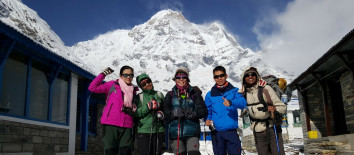
23rd Jan, 2017
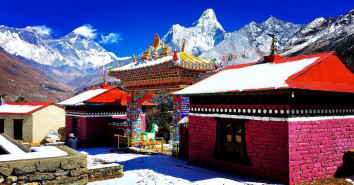
12th Jan, 2014
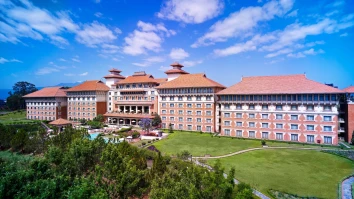
24th Apr, 2017
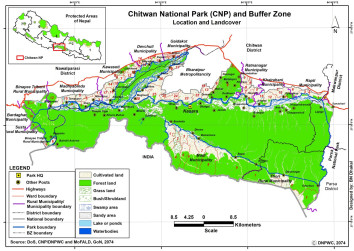
3rd Apr, 2014

3rd Jun, 2017
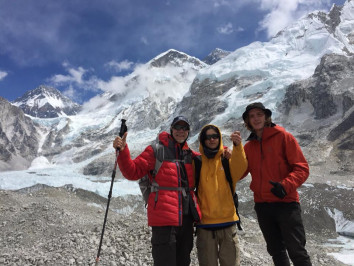
20th Jan, 2017
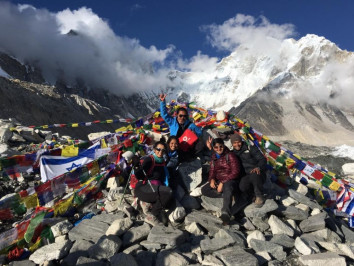
16th Jan, 2017
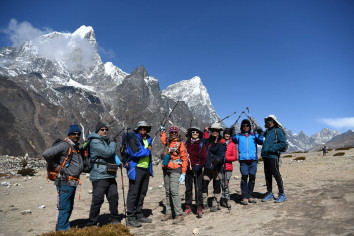
12th Jul, 2015

9th Apr, 2019
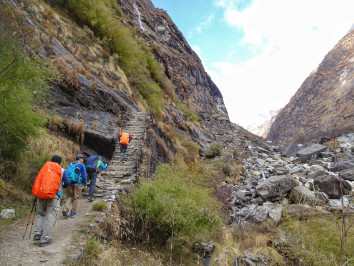
9th Jan, 2014
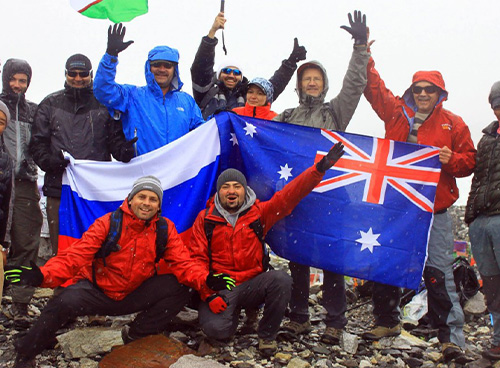
4th Apr, 2019

2nd Jan, 2014

2nd Apr, 2019

2nd Jan, 2014
-1.jpg)
30th Jan, 2017
-1.jpg)
4th Oct, 2018

16th Oct, 2018
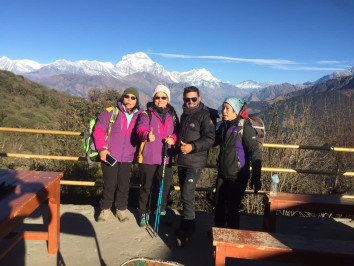
9th Oct, 2018
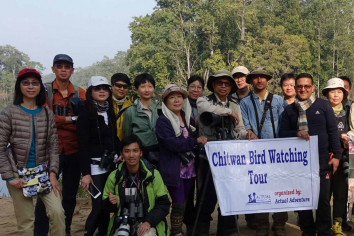
24th Jan, 2016
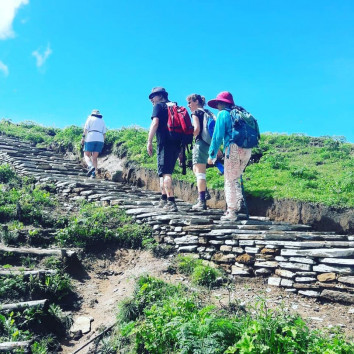
4th Oct, 2018
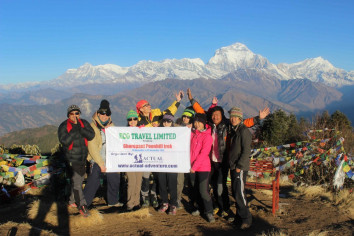
24th Aug, 2022

8th Sep, 2022
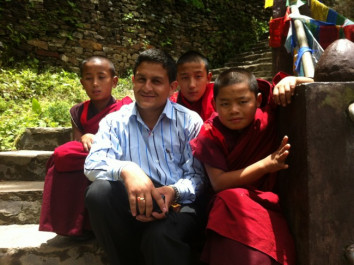
15th Sep, 2022
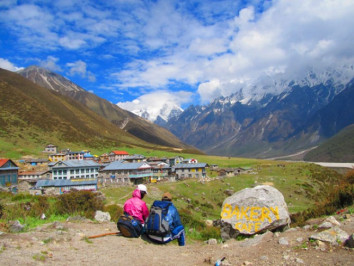
3rd Mar, 2023
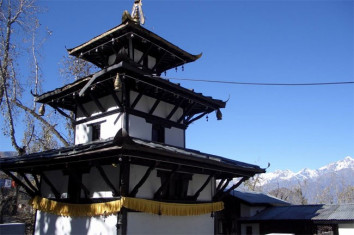
7th Mar, 2023
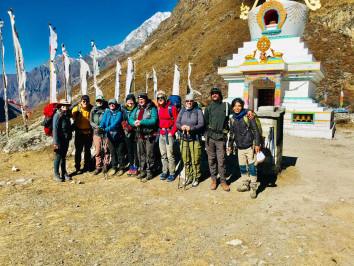
27th Mar, 2023

5th Apr, 2023

12th Apr, 2023
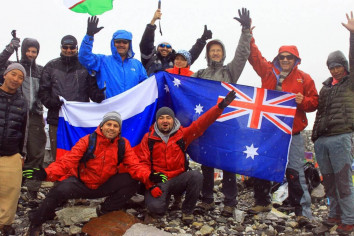
21st Apr, 2023
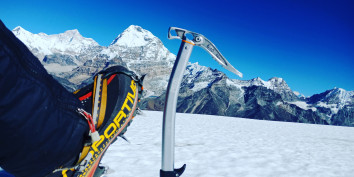
24th Apr, 2023
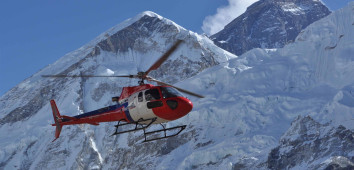
27th Apr, 2023
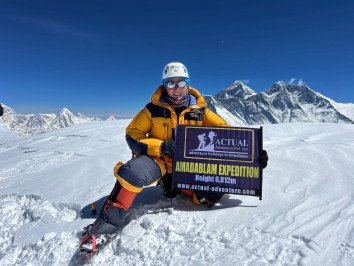
1st May, 2023

1st May, 2023
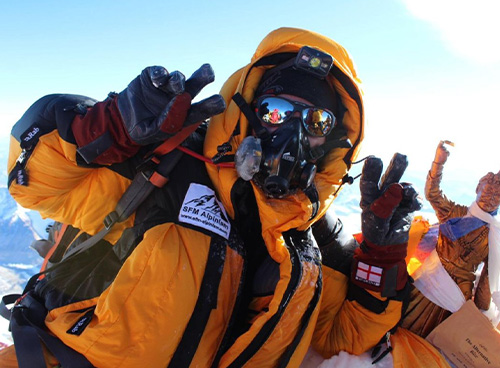
3rd May, 2023
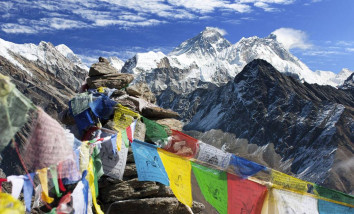
18th May, 2023

19th May, 2023
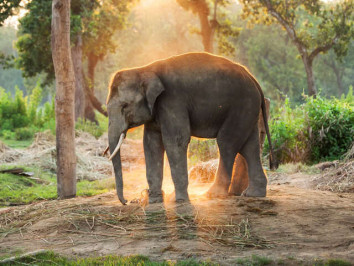
16th Jul, 2023

16th Jul, 2023
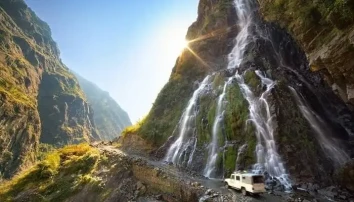
16th Jul, 2023
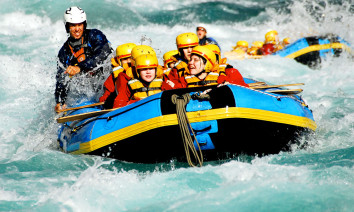
16th Jul, 2023
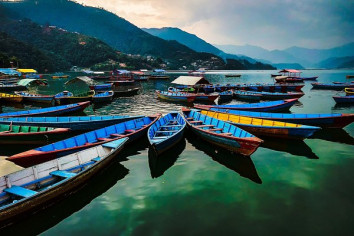
17th Jul, 2023

17th Jul, 2023

17th Jul, 2023
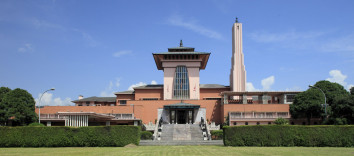
17th Jul, 2023

17th Jul, 2023
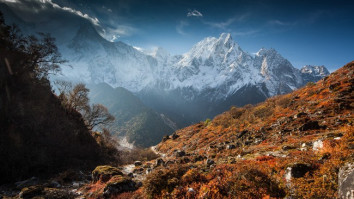
17th Jul, 2023

17th Jul, 2023

20th Jul, 2023
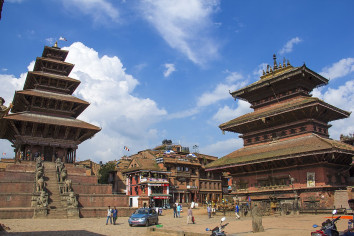
21st Jul, 2023

27th Jul, 2023
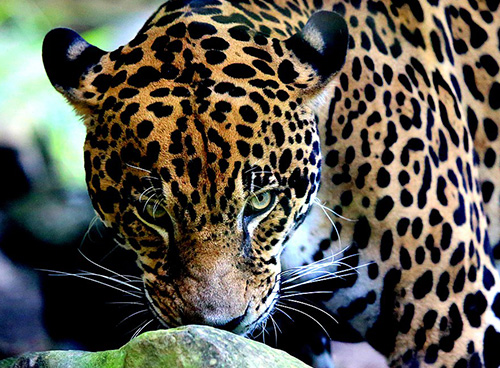
30th Jul, 2023
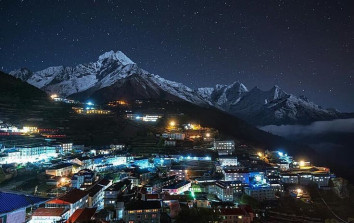
30th Jul, 2023
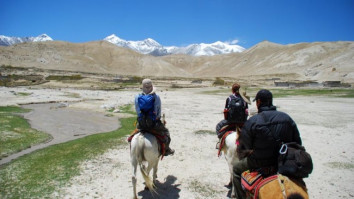
21st Aug, 2023

22nd Aug, 2023
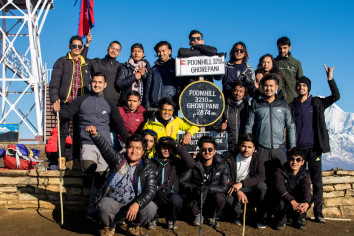
28th Aug, 2023
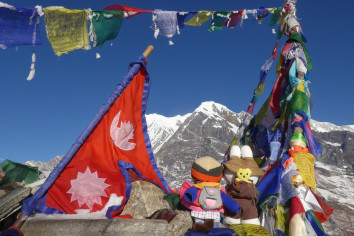
6th Oct, 2023

5th Nov, 2023

7th Nov, 2023

19th Nov, 2023
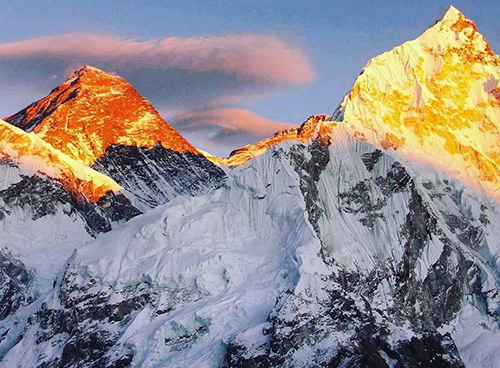
25th Nov, 2023

1st Dec, 2023
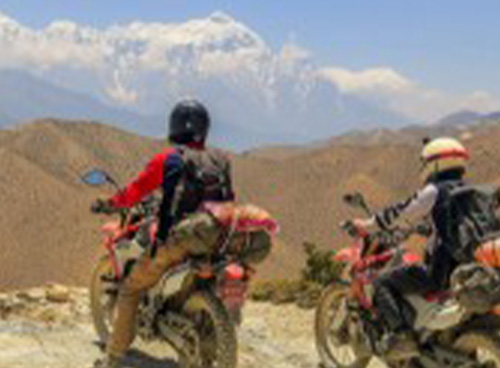
3rd Dec, 2023

13th Dec, 2023
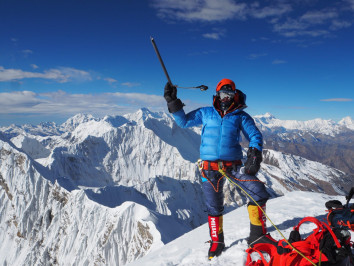
13th Dec, 2023

13th Dec, 2023

21st Dec, 2023
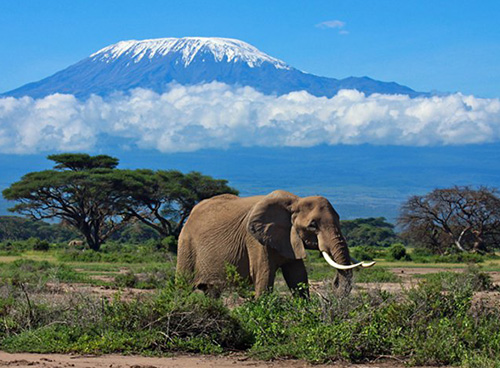
21st Dec, 2023
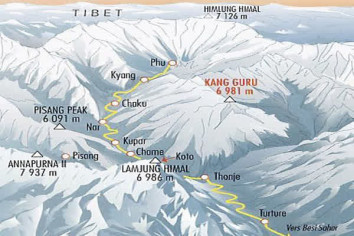
23rd Dec, 2023
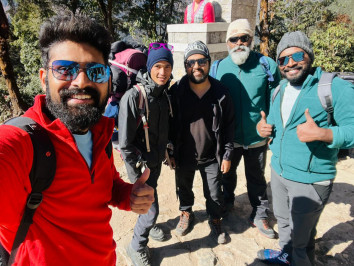
25th Dec, 2023

25th Dec, 2023

31st Dec, 2023
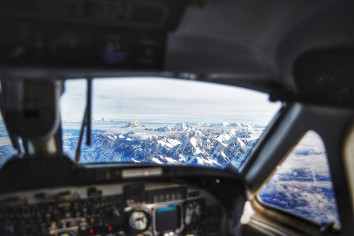
31st Dec, 2023
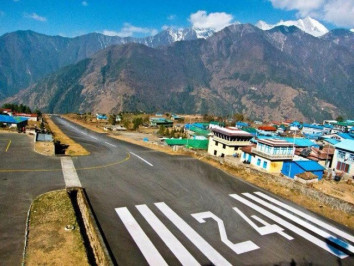
31st Dec, 2023
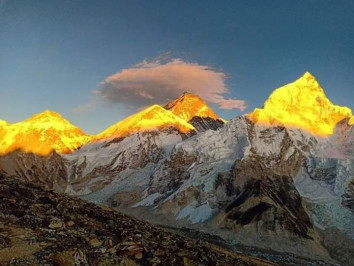
1st Jan, 2024
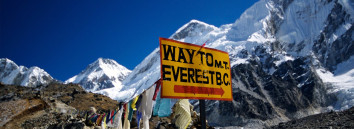
2nd Jan, 2024

2nd Jan, 2024
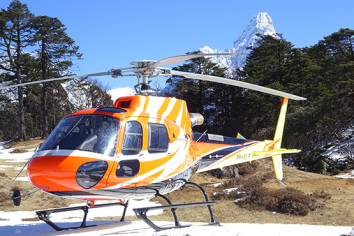
2nd Jan, 2024
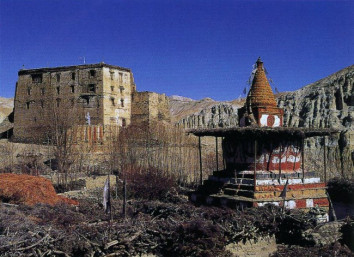
3rd Jan, 2024
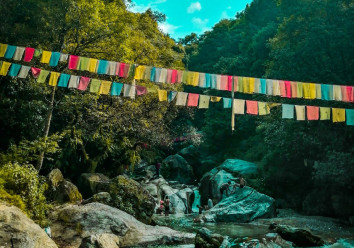
4th Jan, 2024

4th Jan, 2024
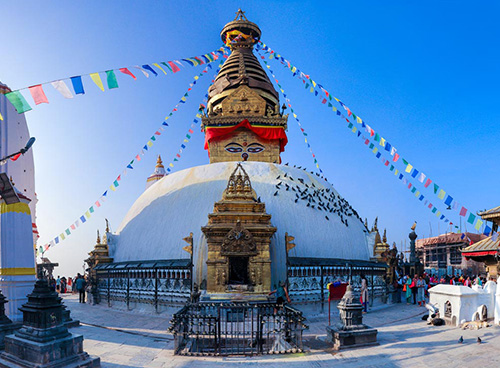
4th Jan, 2024
.jpg)
4th Jan, 2024

4th Jan, 2024
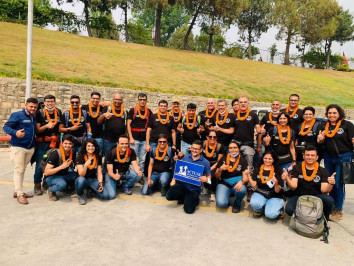
4th Jan, 2024

5th Jan, 2024
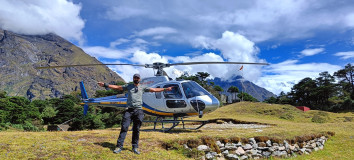
6th Jan, 2024
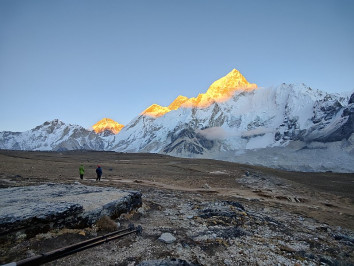
6th Jan, 2024
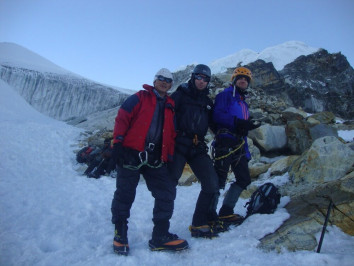
9th Jan, 2024
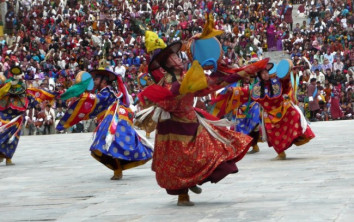
10th Jan, 2024

10th Jan, 2024

10th Jan, 2024
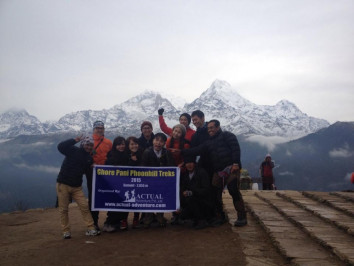
10th Jan, 2024

11th Jan, 2024
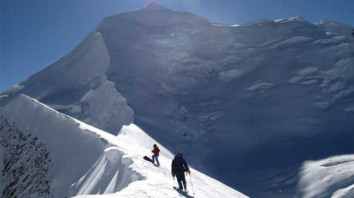
11th Jan, 2024

12th Jan, 2024

12th Jan, 2024
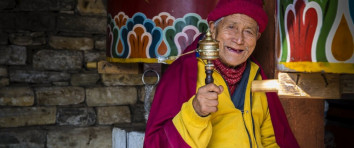
13th Jan, 2024
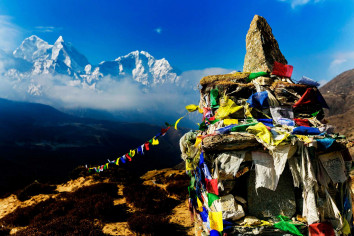
14th Jan, 2024
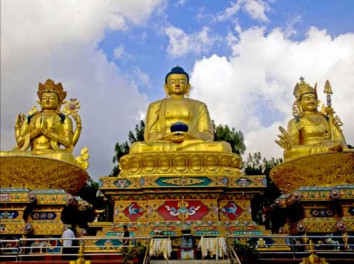
14th Jan, 2024

15th Jan, 2024
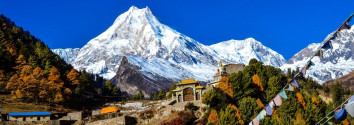
15th Jan, 2024
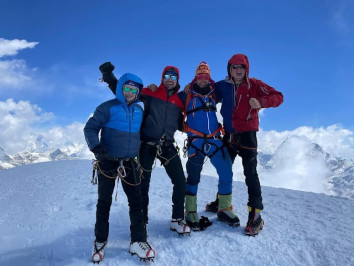
15th Jan, 2024
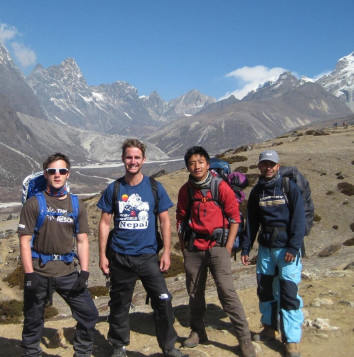
16th Jan, 2024
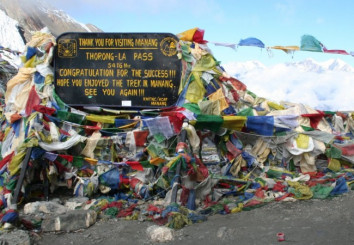
16th Jan, 2024
.jpg)
16th Jan, 2024
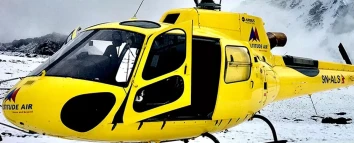
16th Jan, 2024
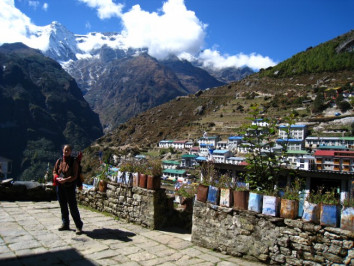
18th Jan, 2024
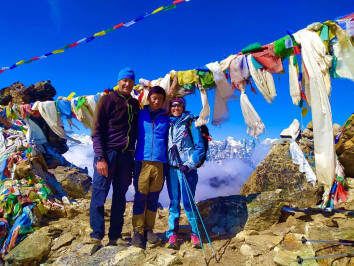
24th Jan, 2024
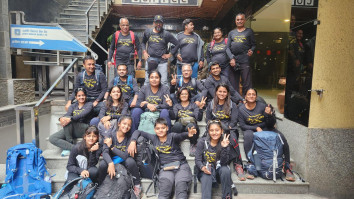
26th Jan, 2024
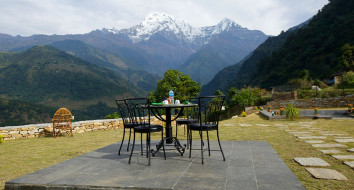
28th Jan, 2024
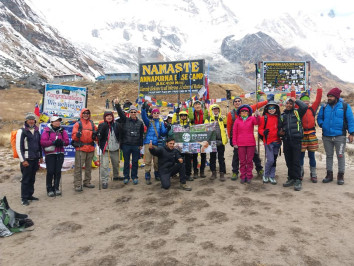
28th Jan, 2024
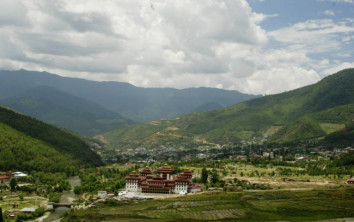
30th Jan, 2024
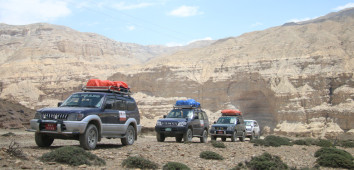
30th Jan, 2024
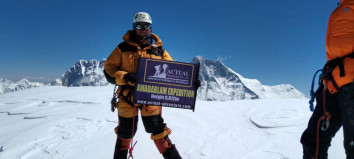
2nd Feb, 2024

2nd Feb, 2024

2nd Feb, 2024
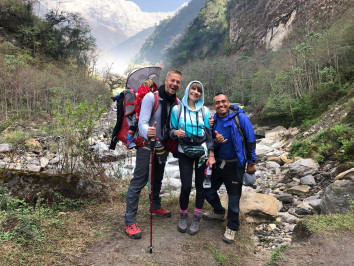
3rd Feb, 2024
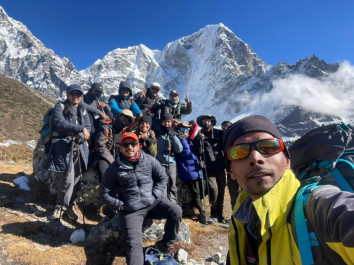
4th Feb, 2024

8th Feb, 2024
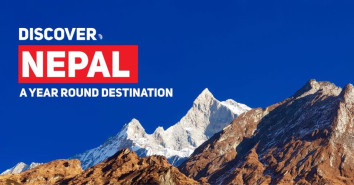
9th Feb, 2024

10th Feb, 2024
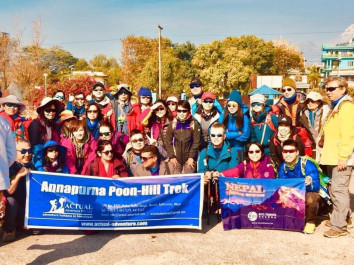
10th Feb, 2024

11th Feb, 2024

12th Feb, 2024

12th Feb, 2024
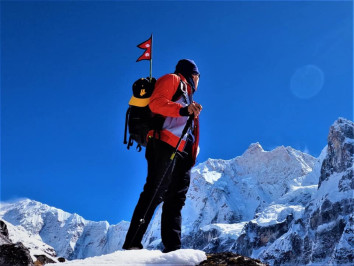
13th Feb, 2024
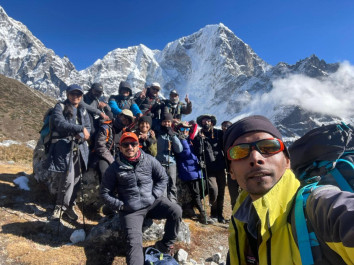
13th Feb, 2024
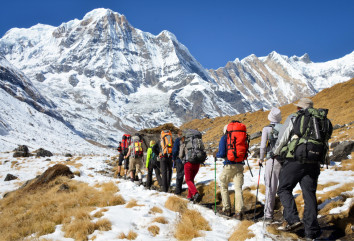
16th Feb, 2024
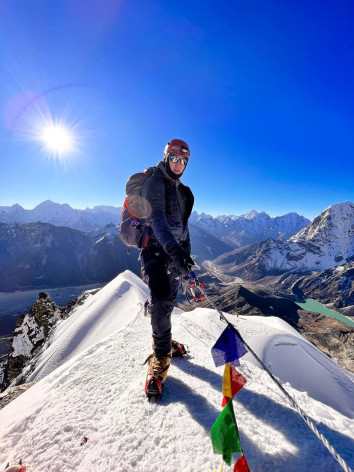
18th Feb, 2024

20th Feb, 2024
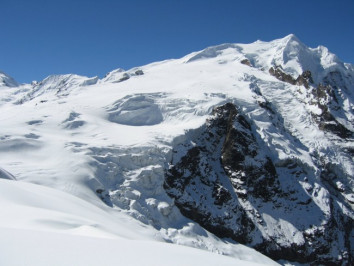
21st Feb, 2024
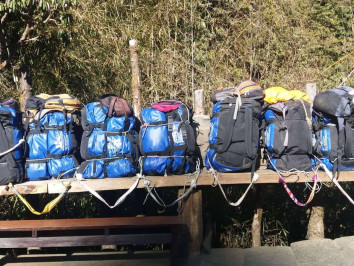
21st Feb, 2024

27th Feb, 2024
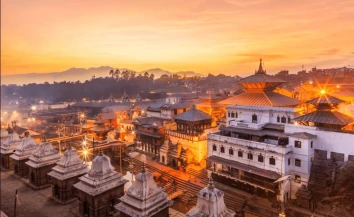
3rd Mar, 2024
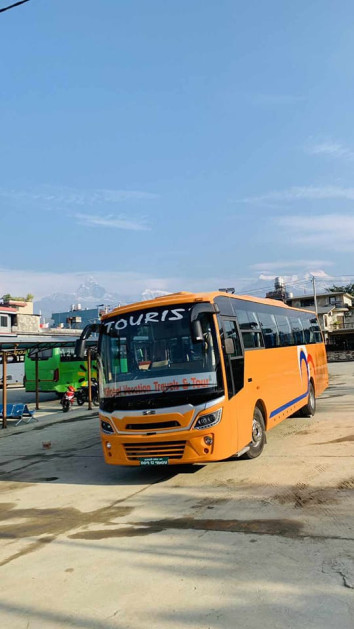
3rd Mar, 2024
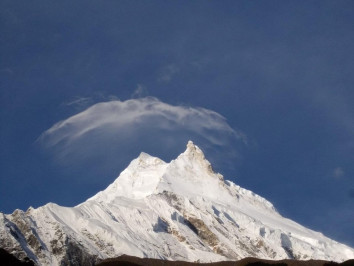
4th Mar, 2024
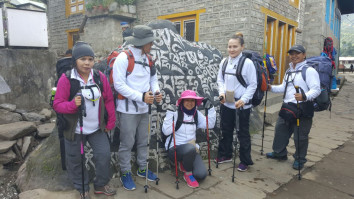
5th Mar, 2024
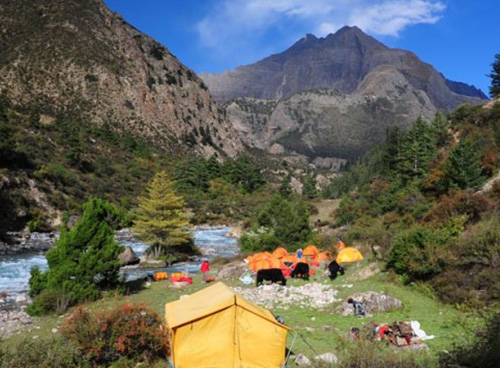
5th Mar, 2024

10th Mar, 2024

10th Mar, 2024

10th Mar, 2024
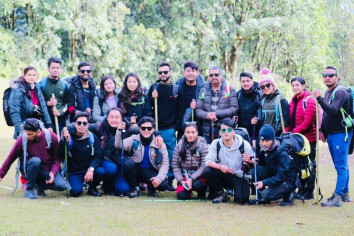
11th Mar, 2024

13th Mar, 2024
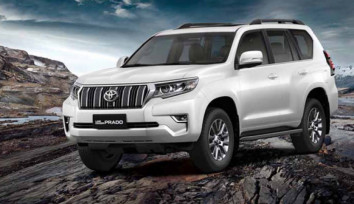
13th Mar, 2024
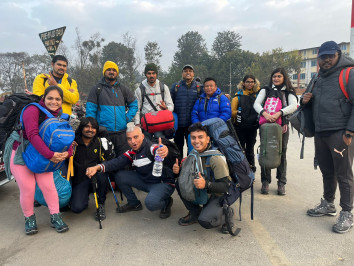
19th Mar, 2024
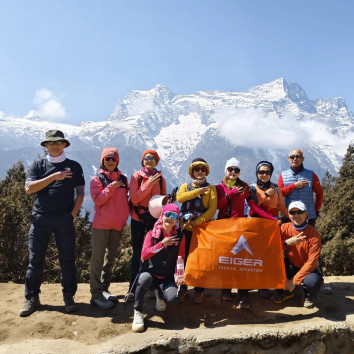
22nd Mar, 2024

26th Mar, 2024
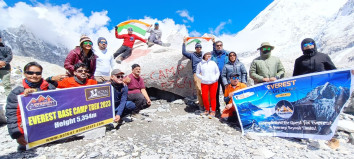
27th Mar, 2024

27th Mar, 2024
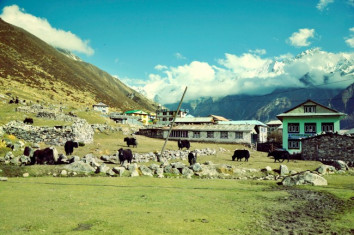
27th Mar, 2024
-1624864292-1.jpg)
28th Mar, 2024
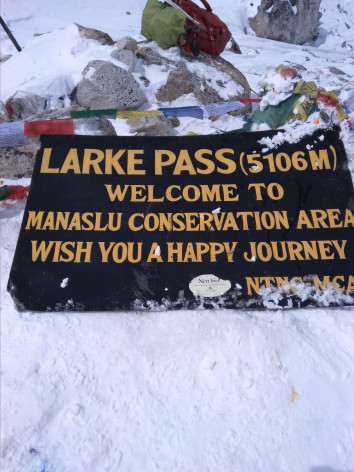
2nd Apr, 2024

2nd Apr, 2024

4th Apr, 2024
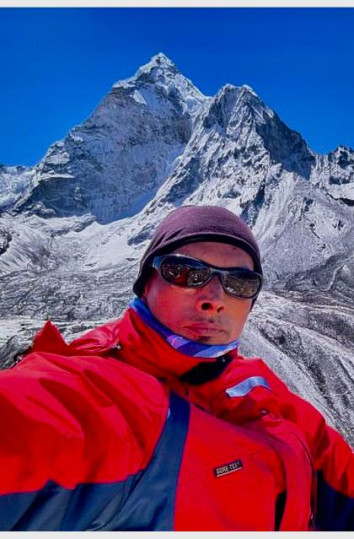
12th Apr, 2024
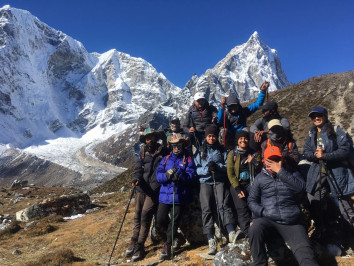

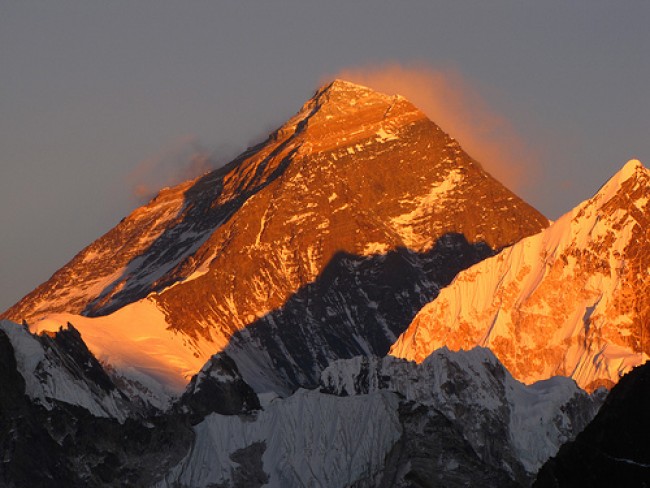
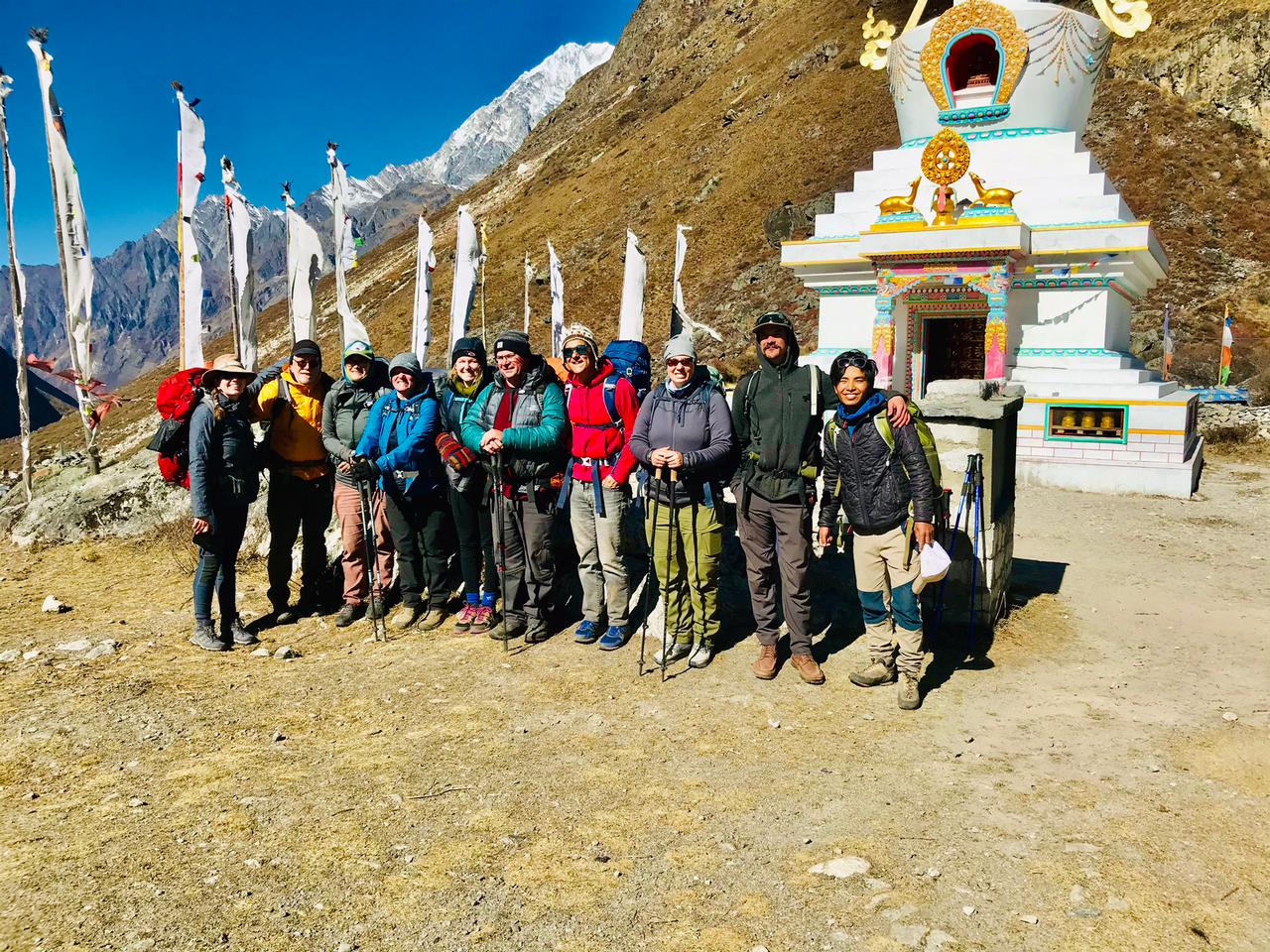

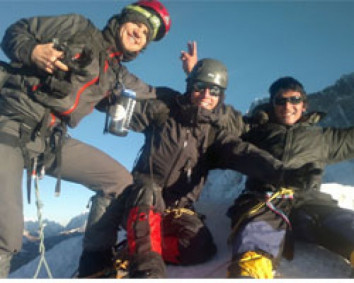
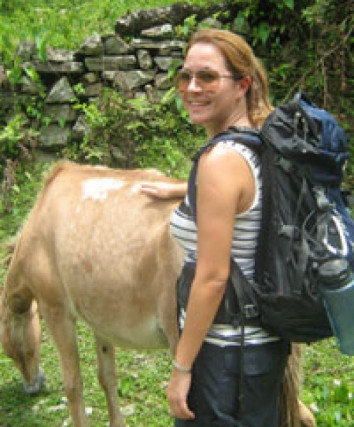
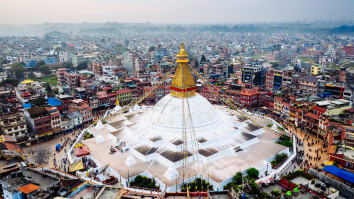


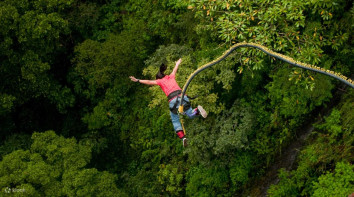
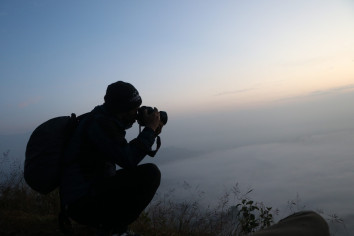
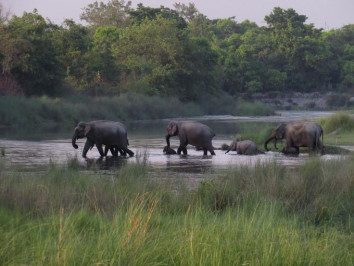
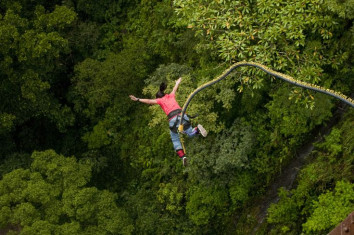
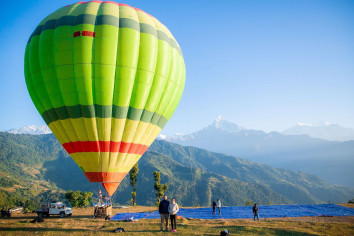


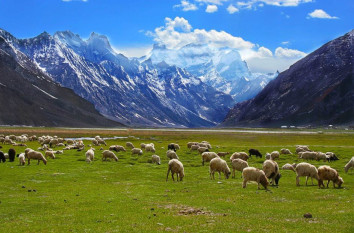



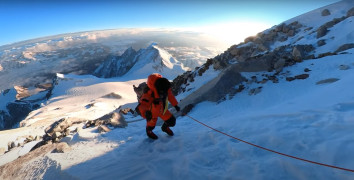
.jpg)

